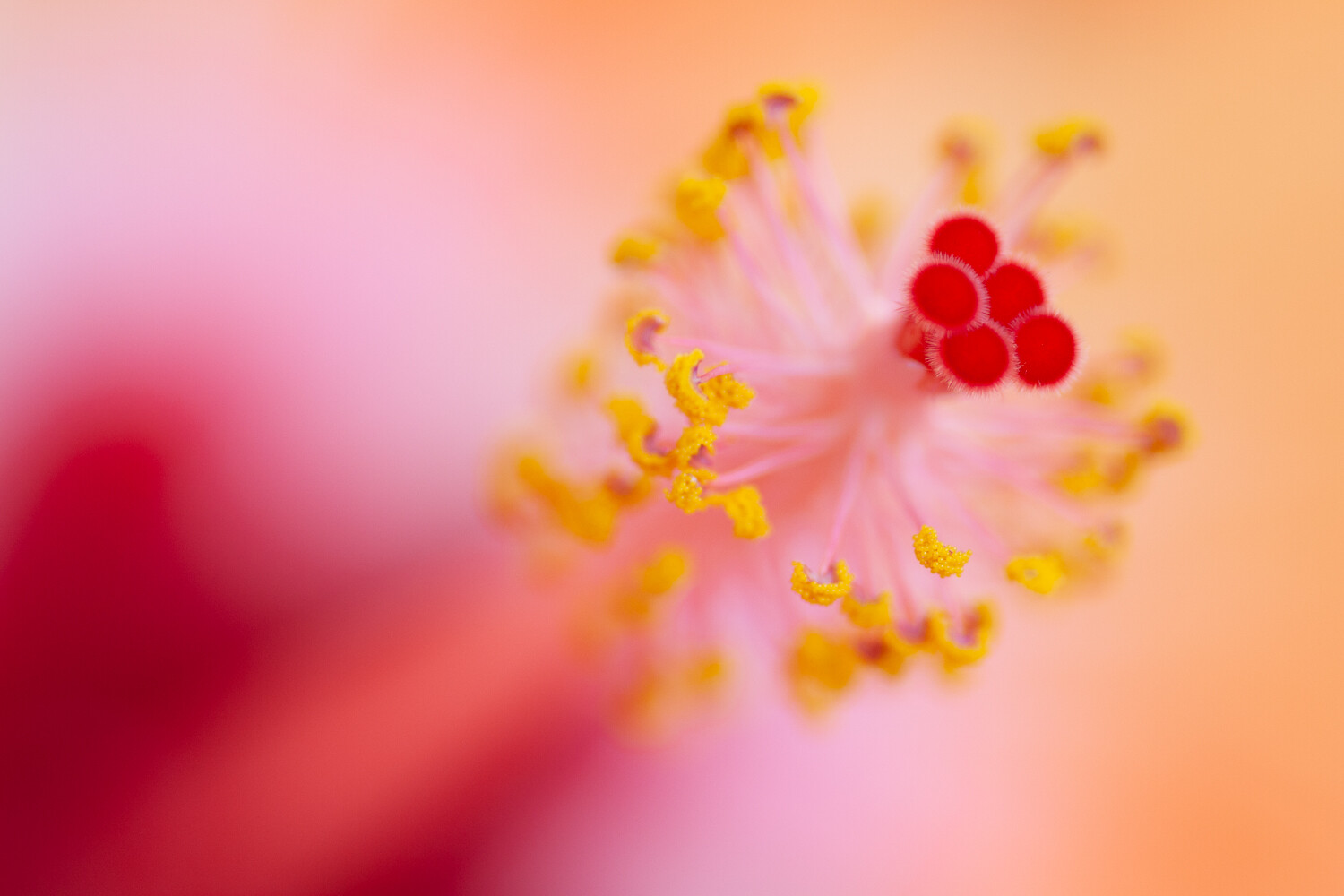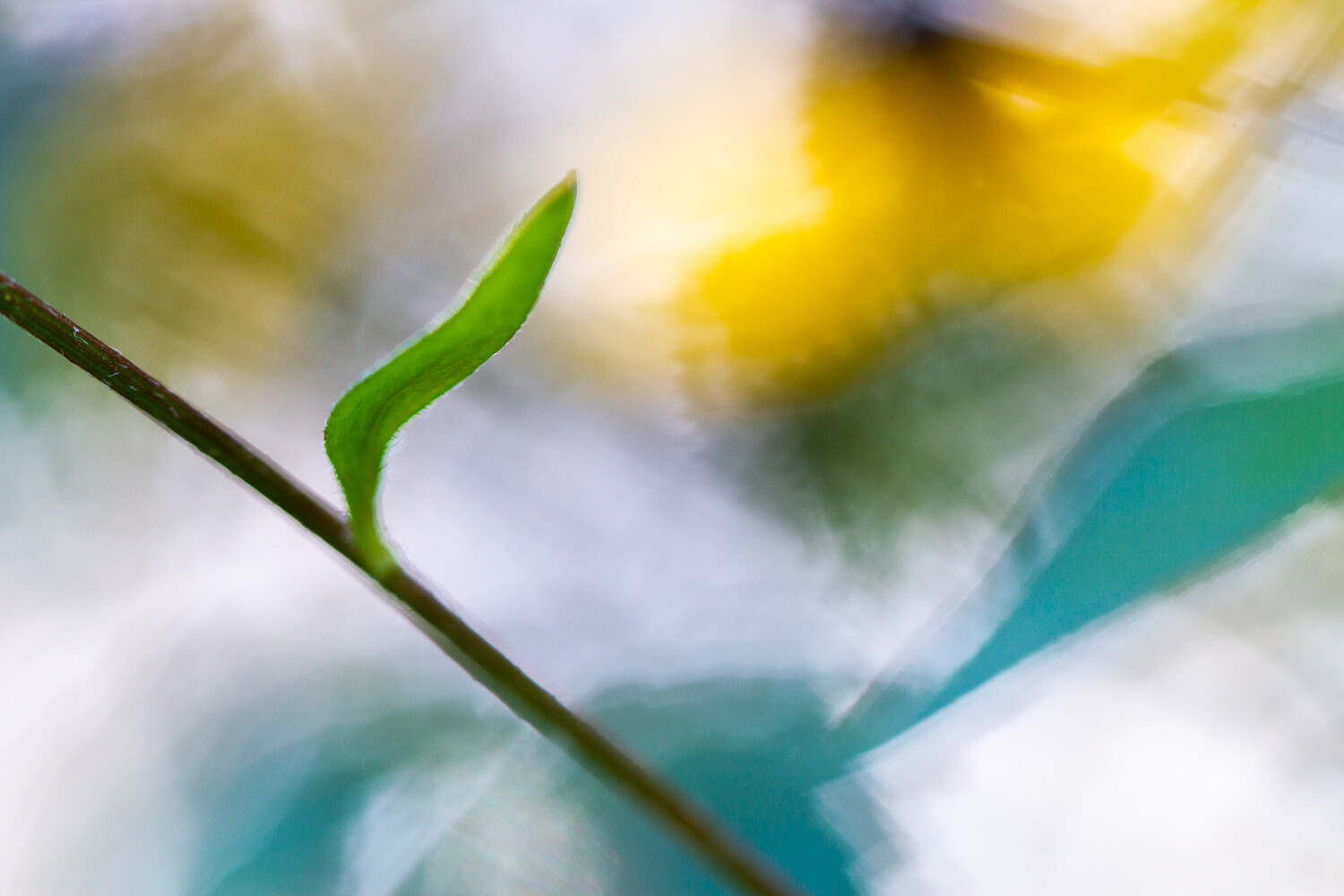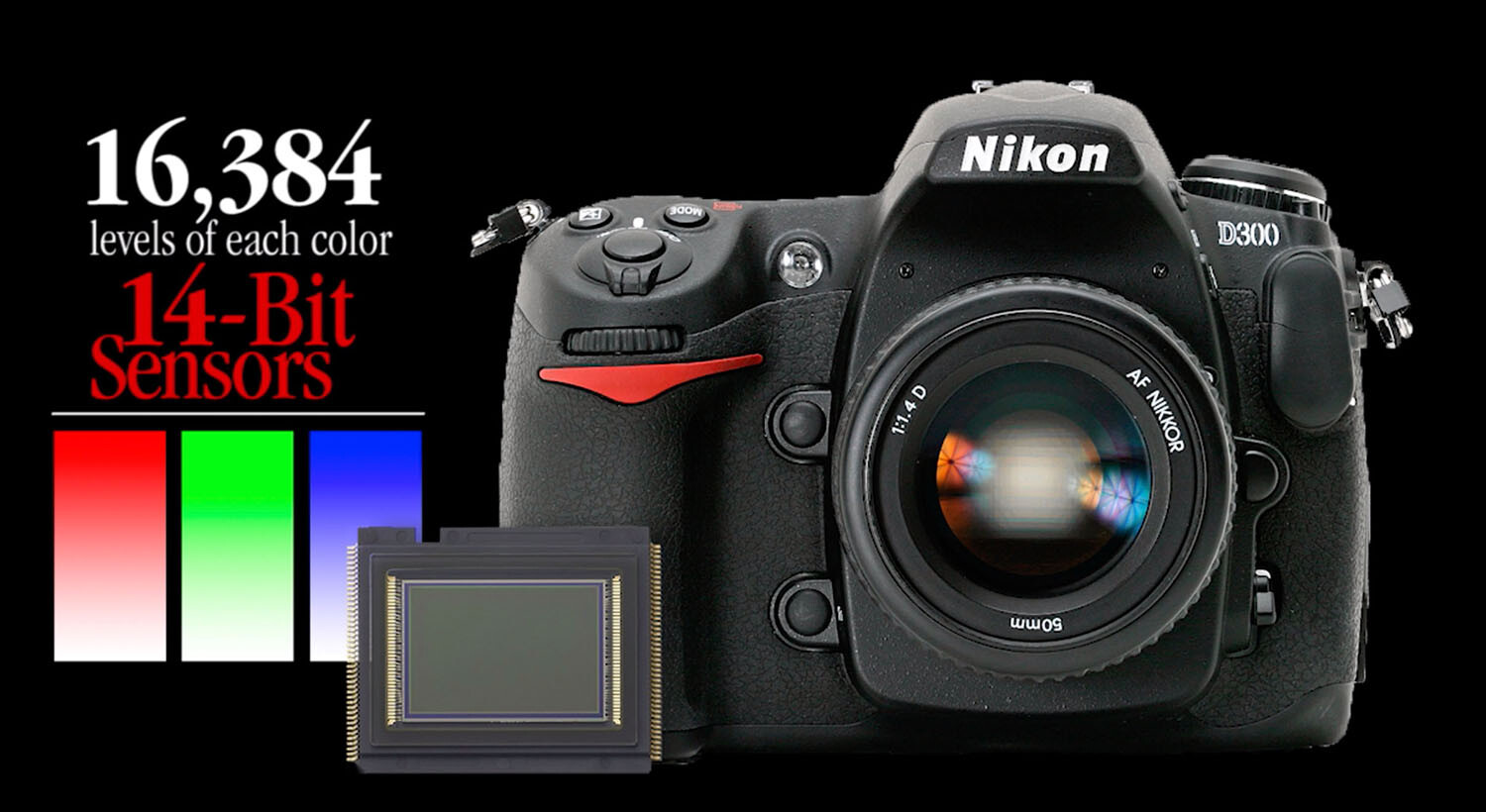The post Tips For Achieving Blurry Backgrounds When You Don’t Have a Fast Lens appeared first on Digital Photography School. It was authored by John McIntire.
Using a shallow depth of field to get blurry backgrounds in your photos is a powerful and popular tool for photographers. Blurring your background in this way makes it easy to obscure details in your scene that don’t add anything to your photographs. This helps to ensure that the focus of your images is your subject, and only your subject.
Using fast lenses with maximum apertures such as f/1.8 or f/2.8 is the easiest way to achieve this blurry background effect.

Canon 5D Mark III | Canon EF 85mm f/1.8 | 85mm | 1/1600s | f/1.8 | ISO 100
However, what do you do if you don’t have a fast lens? And what do you do in situations where you are unable to use your lens wide open?

Fortunately, manipulating the aperture settings in-camera is only one way to control how depth of field appears in your images.
This article will show you two ways to help you achieve more background blur when you don’t have access to a fast lens and when you can’t shoot wide open.
1. Get closer to your subject
An easy way to obtain a shallower depth of field for blurry backgrounds is to simply get closer to your subject.

Depth of field is determined by multiple factors. Aperture is one, but another important factor is how close the camera is to your subject.
By moving your camera closer to your subject, you will increase the amount of background blur that appears behind your subject.
(Conversely, if you want more depth of field in your image, move farther away from your subject.)
Putting it into practice
With techniques like this, it can be a good idea to do a few exercises so you can see exactly what is going on.
To see this technique in action, find yourself a subject and position them in front of a background. Choose a background that’s a little bit busy (like foliage) so you can see the full effect.

If you’ve chosen a portrait subject, start from between eight and ten feet away. If you’ve chosen something smaller, decrease that distance as much as you need to have a somewhat reasonable composition.
No matter what lens you have, you should be able to choose an aperture of f/5.6. Dial that in and adjust the other settings until you have a decent exposure. Take a shot.
Step forward a foot and take another. Then move a foot closer again and take a third shot. Do this until you have reached your minimum focusing distance or you are too close to your subject to frame a photo.
Then you can review the images in order. Watch for how the depth of field becomes shallower the closer you are to your subject.
If you use multiple lenses, I encourage you to do this with all of them.
The reverse
Of course, if what you want is more depth of field (i.e., less blurry backgrounds) in your frame, you can always move further away from your subject.
In more depth
If you are technically minded and want to learn more about why and how this works, note that depth of field is governed by the inverse square law, just like many other aspects of photography. These other aspects include light intensity (which governs your exposure) and light fall-off (which governs the shape of the light).
With an in-depth knowledge of the inverse square law and how it works, you would actually be able to calculate exactly where you need to be with a certain focal length and aperture to get an exact result. You will probably never find yourself in a situation where you would need to do this, but it is still possible!
2. Bring your subject farther from the background
The other main way to achieve a shallower depth of field is to put more distance between your subject and the background.

This works the same way as the previous technique, but in this case, you will be moving your subject rather than the camera. If your subject is close to the background, more background detail will be present. To get more blur, simply move your subject forward.
Practice
To see this concept in use, position your subject almost touching a background of your choice; this can be a studio background, some trees, or a wall.

Start at an aperture of f/5.6 and get a decent exposure with your other settings. Take a shot. Now move your subject a foot away from the background. Note that it’s important that you move the same distance backward. If you don’t, then you will have two factors affecting the depth of field in the frame, and it will be impossible to accurately see what is blurring the background.
Take another shot. Move yourself and your subject another foot back and shoot again. Repeat as many times as you want. In practice, how far away you move your subject is dependent on how much blur you want to achieve.
Do you want to retain some detail so that your viewers can recognize the background? Or would you rather obliterate any background details altogether, ensuring that your subject is the only thing for your viewers to focus on?
Real-world use
Now that you have put all of this into practice and you have your sequences of images, you should have a good idea of how the depth of field changes with your distance from the subject and the subject’s distance from the background.

Canon 5D Mark III | Canon EF 70-200mm f/4L | 1/200s | f/8 | ISO 800
Not only will you be able to use this knowledge to help you get a shallower depth of field when you can’t shoot wide open, but it will also help you design any desired photos long before you pick up the camera.
For example, you might want an image where your subject is in focus from front to back, but you want the background to be as obscured as possible. Having gone through these exercises, you should be able to approximate what aperture you need to use, how close to the subject you need to be, and how far away the background needs to be. And you should be able to do it in a fairly short amount of time, too!
Achieving blurry backgrounds: final words
Manipulating depth of field to get blurry backgrounds may be a basic technique, but understanding fundamentals like these helps give you a well-rounded set of camera skills that will serve you well in your photography.
The post Tips For Achieving Blurry Backgrounds When You Don’t Have a Fast Lens appeared first on Digital Photography School. It was authored by John McIntire.
















































































You must be logged in to post a comment.